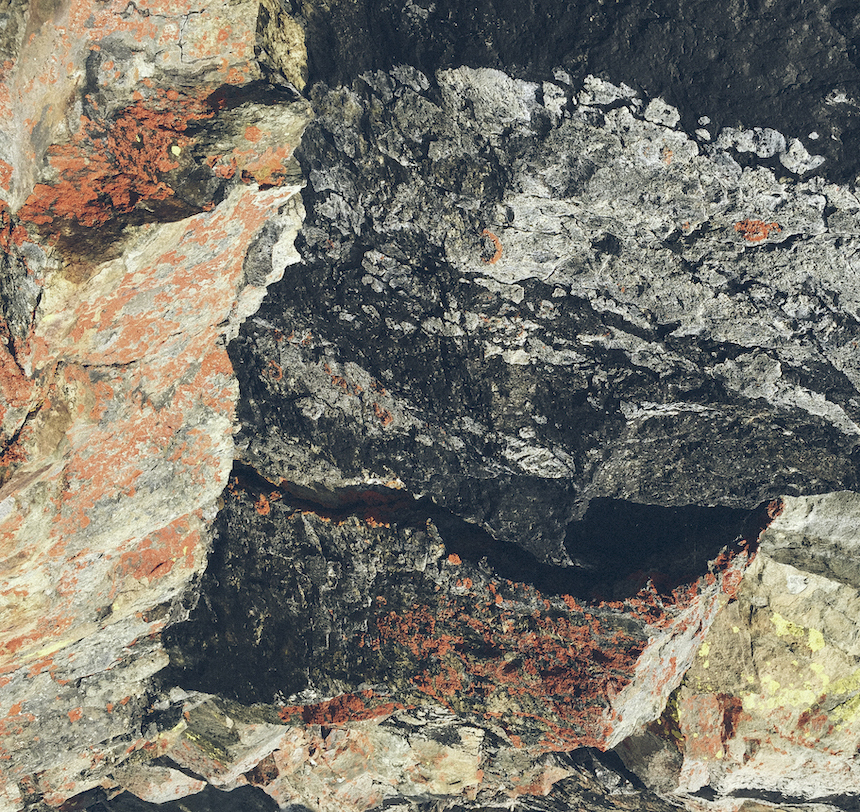Enhanced rock weathering is a highly scalable carbon removal pathway rooted in geochemistry that’s been going on behind the scenes since the dawn of time. Here’s a simple primer on enhanced rock weathering, how we know it works, and why we’re laser focused on putting it to work on U.S. farmland.
Key takeaways:
- Weathering is a proven process designed by nature to balance carbon cycles that’s been optimized over a millenia. It’s rocks being rocks. We kickstart things by crushing up rock and getting it into the right place so it weathers (dissolves) more quickly.
- Enhanced rock weathering (ERW) is proven science, but broadly challenging to measure. Eion created a reliable and easy-to-adopt way to measure carbon removal with before-and-after soil sample tests. This process has shown a high level of accuracy in both laboratory and real-world environments.
- ERW doesn’t work well everywhere, and there are variables that need to be considered. This is why Eion is focused on doing ERW with pulverized olivine that we spread on U.S. farmland where conditions are warm, wet, and acidic.
Let’s dig in!

Nature’s Way of Managing Carbon
For millions of years, Earth has been balancing carbon on its own by exposing rocks to acidity and rain and slowly weathering them (aka eroding and breaking down). As this happens, molecules in the rock attach to carbon, before being transported through waterways and ultimately to the ocean where they stay for hundreds of thousands of years.
That’s a pretty great process, and we’re not reinventing it. We just kickstart it by crushing up the rock and transporting it to the right environment, so that it weathers more quickly. The beauty of enhanced rock weathering is that nature does all of the heavy lifting—we don’t have to spend a lot of money on machinery or energy to make it work. Once nature takes over, the process is irreversible.
Reliably Measuring Enhanced Rock Weathering
While scientists have known for a while that enhanced rock weathering is a great way to clean up the atmosphere, they’ve been puzzled about how to measure it. After all, if we’re banking on this process to help us combat climate change, we better be sure it’s working.
Eion developed a way to test soil samples to accurately measure how much carbon was removed. You can learn more about this process and the geochemistry behind it in the video at the bottom of this post.
Conditions for Successful Enhanced Rock Weathering
Field trials and soil sampling have helped us understand the conditions that make ERW work. And what we’ve learned along the way is that enhanced rock weathering isn’t magic; in fact, results can vary if the essential ingredients aren’t in place.
For ERW to work well, you essentially need:
- A mineral with sufficient alkalizing potential, like olivine
- Ground extremely finely to enable weathering
- Applied in warm, wet, and acidic places, which is why we focus on farmland in the U.S.
ERW works less well if:
- The material is too coarse; it won’t dissolve at the expected rate
- It’s applied in places that are too cold or too dry
- Too much material is applied and causes too much alkalinization, shutting off the acidity
We take all of this into account to guide how we do ERW in the field, and that’s why we’re bullseye focused on growing our business where we know ERW works best.
Olivine: The Ideal Rock for ERW
Now, what about the rocks? We’re pretty pro-silicates in general but choose to use olivine because of the ease of application for farmers. When it comes to ERW, olivine has a number of favorable attributes, including its high carbon removal potential and ready availability.
In our operations, we crush olivine to a very fine material (under a hundred microns) so it weathers even more quickly. Independent crop advisors then work with farmers to measure their soil and recommend the right levels of olivine to apply, ensuring we’re never adding more than is beneficial to the farmer’s land. Farmers then use their existing equipment to apply the olivine where it reduces soil acidity (think of it like a multivitamin). From there nature takes over just as it always has, and as the rock dissolves it removes carbon dioxide along the way.
Precisely Measuring the Impact of ERW
Now, working with nature is messy, so there will always be some uncertainty to how much carbon dioxide is removed in the process. That’s why Eion champions direct soil measurement at this early stage of growing our operations. To understand how much CO2 was removed, we run before-and-after tests on soil samples. Our agricultural partners take these soil samples the same way they do for nutrient management, causing no disruption to farmers’ operations.
So that’s how ERW works in a nutshell and where we know it works best. Want to dig deeper? Watch this in-depth intro to Eion’s ERW approach from our founders Adam and Elliot:
Video credit: OpenAir Collective
